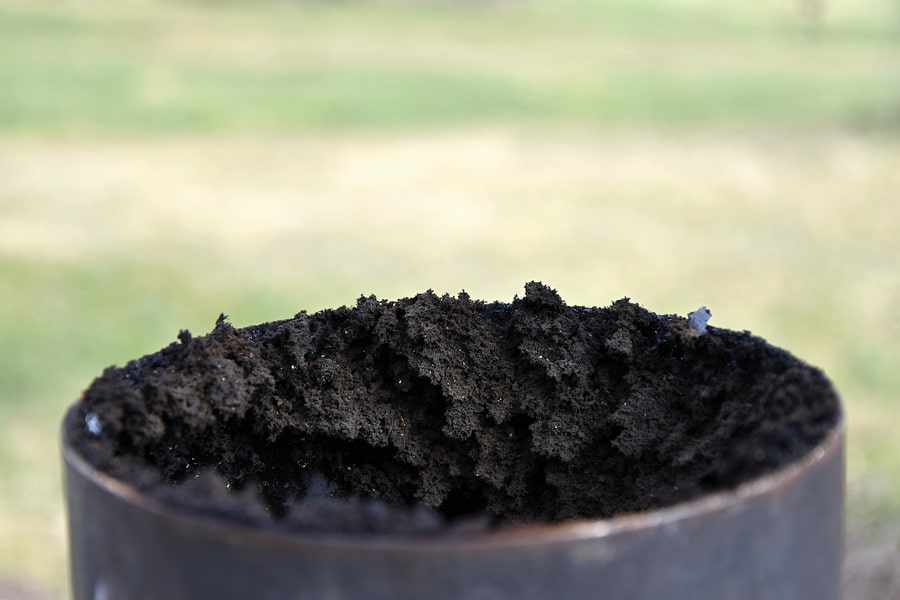When talking about creosote, tar, and soot we often get questions about whether or not all of these terms are referring to the same thing. In actuality, they are different and to make it more confusing, there are different types of creosote that can build up in a wood burning stove or fireplace.
First off, what is creosote? Creosote is one of the components left behind when burning wood. It is actually a mix of what wood burning leaves behind that includes tar and soot. The term is almost exclusively used in combination with wood burning stoves or fireplaces.
Creosote has multiple stages. First-degree creosote is found when there is adequate air flow and the wood being burned is well-seasoned. This kind of creosote is the best-case scenario that can be found in a chimney and should be removed with regular chimney cleanings.
Second-degree creosote is shiny and flakes off from the chimney walls easily. This kind of creosote buildup is not as easy to brush away. One cause of this kind of buildup is inadequate air flow.
Third-degree creosote is the most difficult kind to remove and the most dangerous. It occurs when the flue temperature is low and/or combustion is not complete. Causes include inadequate air flow, un-insulated chimneys, unseasoned wood, or if the home is sealed tightly and there isn’t good draw of fresh air to create good combustion. This type of buildup can get quite thick and is difficult to remove. This is the most dangerous kind of buildup and is the kind that can cause a chimney fire.
Some tips to keeping your chimney healthy include:
- Burn only seasoned, hard woods.
- Create an adequate flow of air to ensure combustion is complete.
- Have your chimney inspected and cleaned regularly by a certified expert.
When you’re ready to buy the fireplace or wood stove of your dreams, Brekke Fireplace Shoppe can help you pick out the perfect one for your needs and educate you on the regular maintenance it will require.

